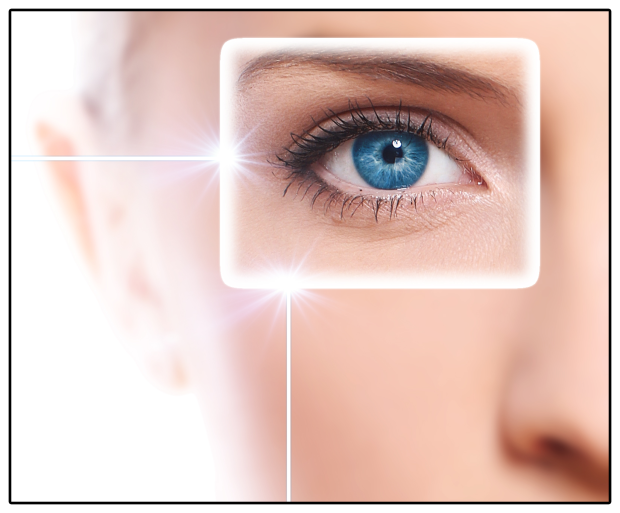Cataract, most often, is associated with age-related changes in the lens tissue and is manifested in that the person’s vision becomes fuzzy (it looks as if we were looking through the dirty windshield of a car). Usually, cataracts affect both eyes, but often the process manifests in one eye is more pronounced.

The main cause of cataract development is the natural aging process of the body and the presence of endocrine disorders such as metabolic disorders, diabetes, beriberi, etc. But also to the causes of cataracts, specialists attribute a hereditary predisposition, a number of eye diseases, eye trauma, stay in an unfavorable ecological situation, and a long-term intake of some medications.
Diagnosis of cataract in India
The process of examining a patient with cataract in Indian clinics is divided into the following research methods:
- Standard (routine) methods of ophthalmological examination
- Determination of visual acuity (viscometry)
- Investigation of optical fields (perimetry)
- Measurement of intraocular pressure (tonometry)
- Anterior segment examination (biomicroscopy)
- Inspection of the fundus (ophthalmoscopy)
- Study of entopic phenomena
- Additional (special) research methods, the implementation of which is mandatory for each patient
- Refractometry
- Ophthalmometry
- Determination of the anterior-posterior axis of the eyeball (ultrasound scanning in A-mode)
- Electrophysiological methods of investigation (threshold of electrical sensitivity, lability of the optic nerve, critical frequency of confluence of flashes)
- Additional (special) research methods performed according to the indications
- Ultrasound in B-mode
- Ultrasound Biomicroscopy
- Densitometry
- Endothelial biomicroscopy
- Laboratory methods of research (in preparation for hospitalization)
Treatment of cataract in India
Medication for cataracts

Most best eye care hospitals believe that conservative treatment of cataracts is advisable only in its initial stages. Some forms of initial cataracts under such treatment may undergo reverse development – complete resolution of turbidity.
Surgical cataract treatment
The surgical method is still the main method of treating cataracts and returning vision.
Surgery can be performed at any stage of the disease. Indication for the operation is the degree of human capacity for work to prevent possible complications during the operation and in the postoperative period, preliminary treatment of hypertension, diabetes, inflammatory diseases is carried out. In operation, the opaque lens is replaced with an artificial lens (implantation of the intraocular lens), which also focuses light as well on the retina as it did before the development of cataracts.
Removal or extraction of the lens for today in the best eye care hospitals is done in two ways:
- Extracapsular lens removal
- Intracapsular lens removal
When intracapsular extraction, the lens is removed together with the capsule. After the cut, the lens is removed using capsule tweezers, an esophagus – a special sucker or by cryoextraction. It is a method of freezing the lens to a cooled metal tool with subsequent extraction of the lens. After the removal of the lens from the capsule, a seam is applied to the wound.
In the extracapsular method of cataract removal, the front capsule of the lens is opened, and the nucleus is extruded, and the lens masses are aspirated using a unique device. In the eye lenticular ligaments and the lens bag remain. This allows holding the vitreous body, the loss of any part of which is extremely undesirable. Also, the remaining capsule can be placed an artificial lens.